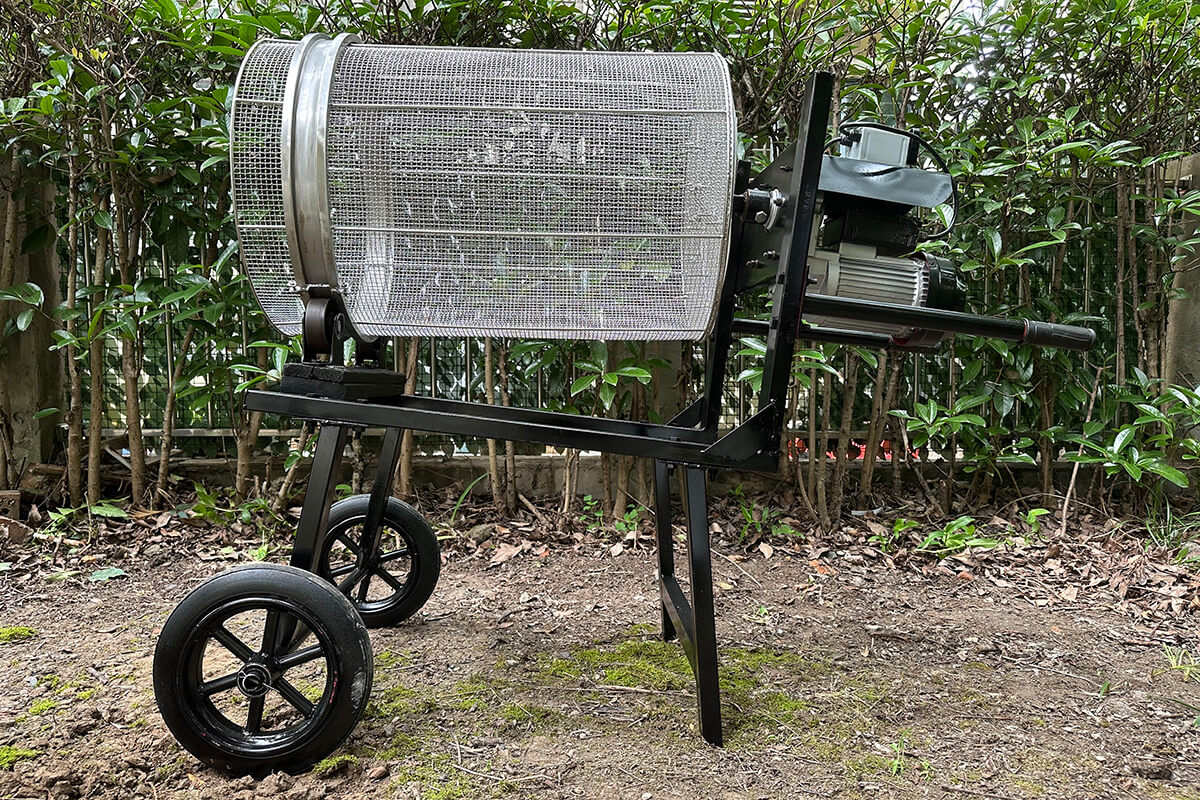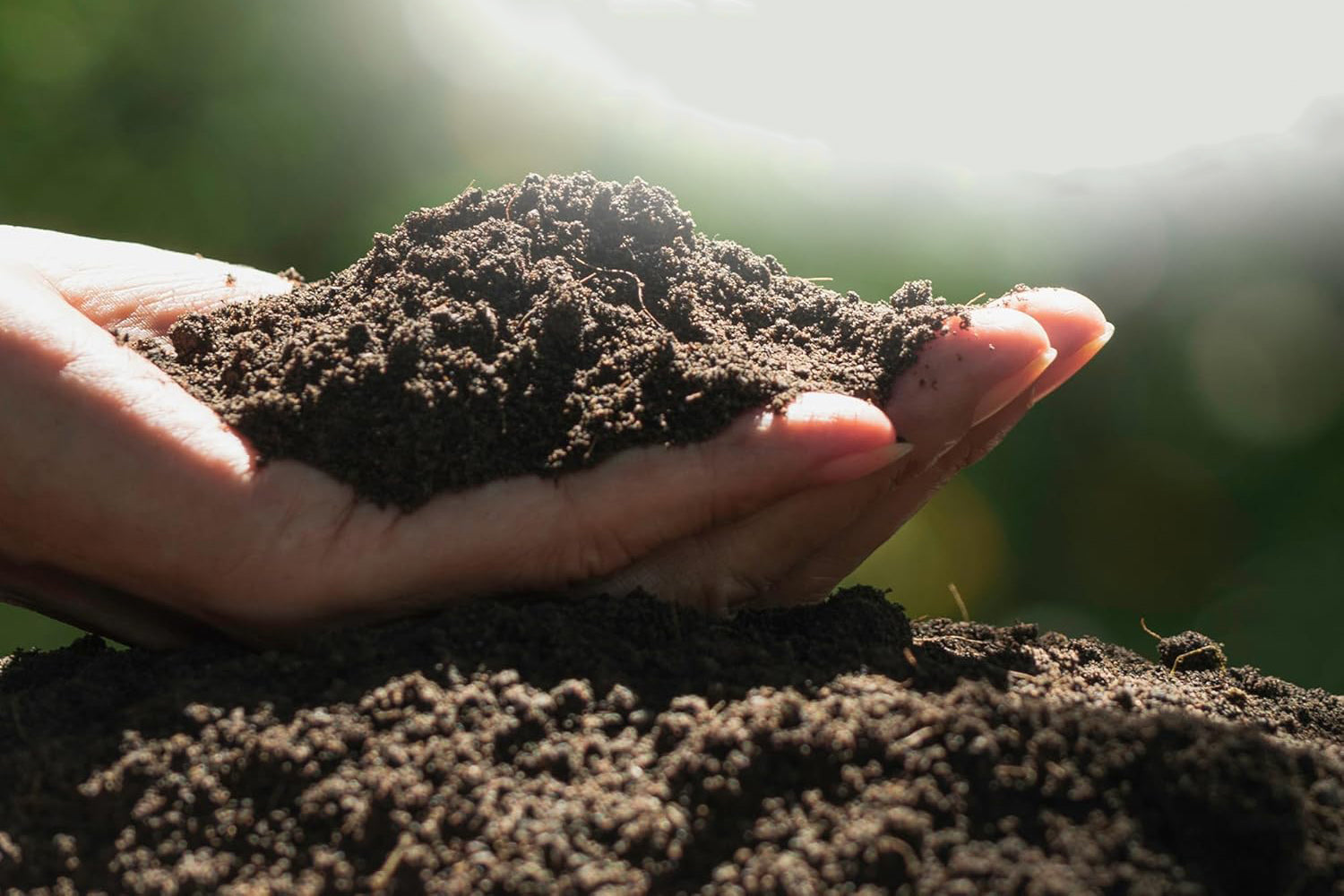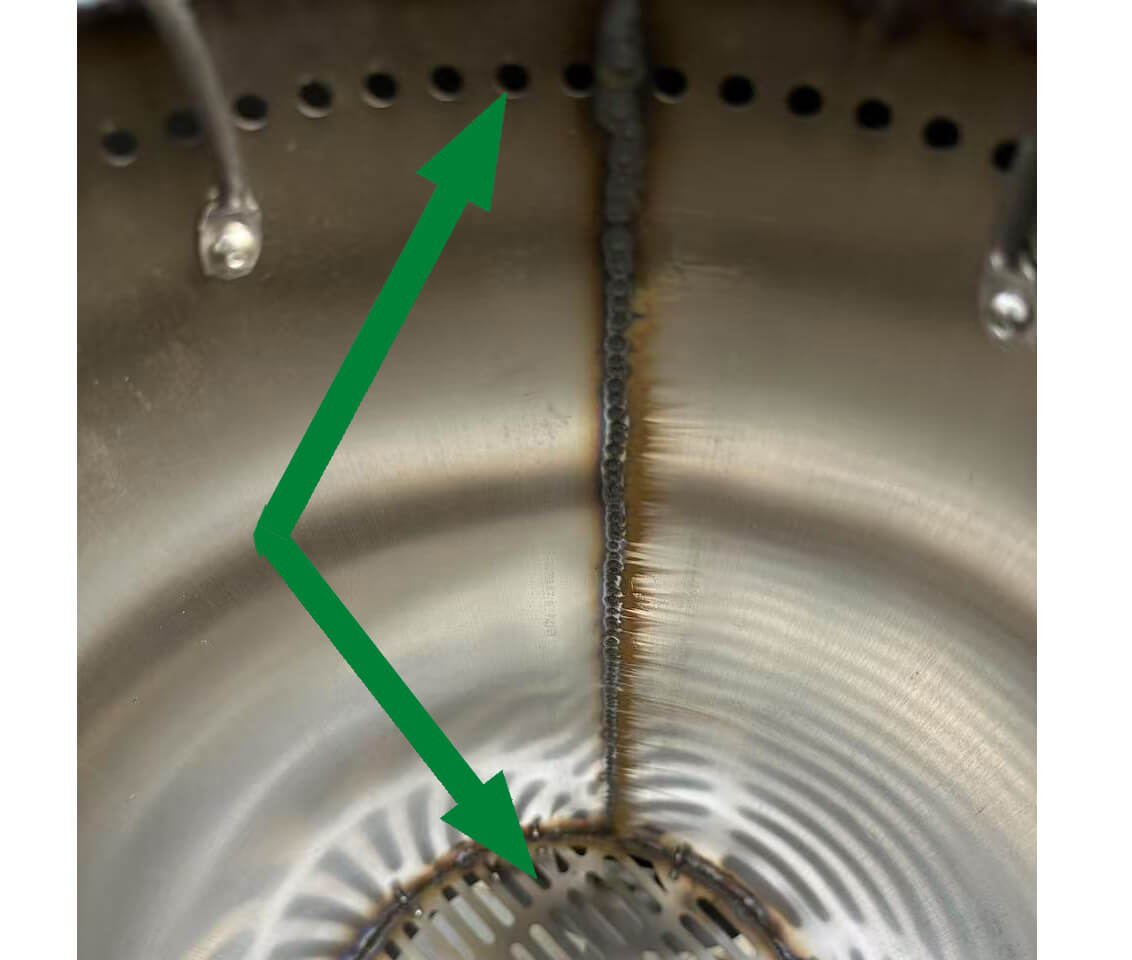How To Make Biochar In A Pit
- 4 min reading time
Making biochar in a pit is a traditional and straightforward method that requires minimal equipment. This method involves burning bio-waste materials in an open fire environment, allowing for quick production of biochar. The most time-consuming part of the process is digging a proper pit. Here is a step-by-step guide on how to make biochar using the pit method.
Materials Needed
- Big steel shovel for digging
- Dry bio-waste (e.g., grass, corn cobs, wood chips, branches, leaves)
- Water and a water can
- Lighter or matches
- Biochar storage container
- Safety equipment (e.g., heat-resistant gloves)
Step 1: Digging the Pit
- Location: Find an open area away from potential fire hazards where it is safe to burn and easy to dig a pit.
- Digging: Use the shovel to dig a pit about 1 meter (3 feet) in diameter and 0.5 to 1 meter (1.5 to 3 feet) deep. Adjust the size based on the amount of biomass you have.
- Shape: A cone-shaped pit (wider at the top and narrower at the bottom) is recommended as it helps manage the burning process more efficiently.
Step 2: Preparing the Biomass
- Collection: Gather dry organic waste materials such as grass, corn cobs, corn husks, wood scraps, branches, leaves, or agricultural waste.
- Preparation: Cut or break large pieces into smaller ones to ensure the pit can hold as much biomass as possible and to ensure a more uniform burn.
- Layering: Place easily combustible materials like dry grass and thin branches on top to facilitate the ignition process.
Step 3: Starting the Fire
- Ignition: Light the material from the top. This method, known as a top-lit updraft (TLUD), allows the fire to burn downwards, reducing the amount of smoke produced.
-
Even Burn: Ensure the fire burns evenly throughout the pit. Adjust the fire until all corners are burning uniformly.
Step 4: Managing the Burn
- Monitoring: Keep an eye on the fire. Aim for a slow, smoldering burn rather than a fast, hot fire. This ensures the biomass undergoes proper pyrolysis, forming biochar rather than turning to ash.
- Control: Regulate the burn rate by adding or removing material or by covering parts of the pit with metal sheets or soil to reduce oxygen flow.
Step 5: Quenching the Fire
- Timing: Once the smoke thins out and the flames lessen, it’s time to extinguish the fire. This stops the burning process and prevents the biochar from turning to ash.
- Extinguishing: Carefully douse the fire with water. Be prepared for hot steam and ensure you’re protected from the heat and steam.
-
Safety: Make sure the fire is completely extinguished.
Step 6: Harvesting the Biochar
- Cooling: Allow the biochar to cool down before handling.
- Storage: Store the biochar in a dry place until you’re ready to use it.
Tips
- Trial and Error: The process may require some trial and error to perfect, based on your specific conditions and materials. The open-air environment of the pit means the heat during the burning process cannot be controlled at optimal biochar production temperatures, affecting biochar quality.
- Safety: Always prioritize safety, especially when dealing with fire.
Benefits of Biochar
Biochar is a carbon-rich product derived from the pyrolysis of organic matter, which involves heating biomass in the absence of oxygen. This process not only converts organic material into a stable form of carbon but also enhances the properties of garden soil, making it a valuable amendment for agricultural practices.
Soil Improvement
One of the primary benefits of incorporating biochar into garden soil is its ability to improve soil structure and fertility. Studies have shown that biochar can increase soil porosity, enhancing water retention and aeration. This is particularly beneficial for plant growth, as it allows roots to access nutrients and water more efficiently. Research indicates that biochar can improve soil fertility by up to 30%, making it an effective tool for gardeners and farmers alike.
Environmental Impact
Biochar contributes to the reduction of greenhouse gas emissions by sequestering carbon in the soil, helping to mitigate climate change. The International Biochar Initiative emphasizes the importance of biochar in sustainable agriculture and its role in improving soil health while reducing the carbon footprint of farming practices.
Waste Management
In addition to enhancing soil properties, biochar aids in the management of organic waste. By converting organic material into biochar, we can effectively reduce waste and create a valuable resource for soil improvement. This process not only addresses waste accumulation but also transforms it into a beneficial product that supports sustainable agricultural practices.
Conclusion
Biochar is a powerful tool for improving garden soil and promoting plant growth. Its ability to enhance soil structure, increase fertility, and sequester carbon makes it an essential component of sustainable agriculture. By understanding the benefits of biochar and its production through pyrolysis, gardeners and farmers can make informed decisions that contribute to healthier soils and a more sustainable future.



